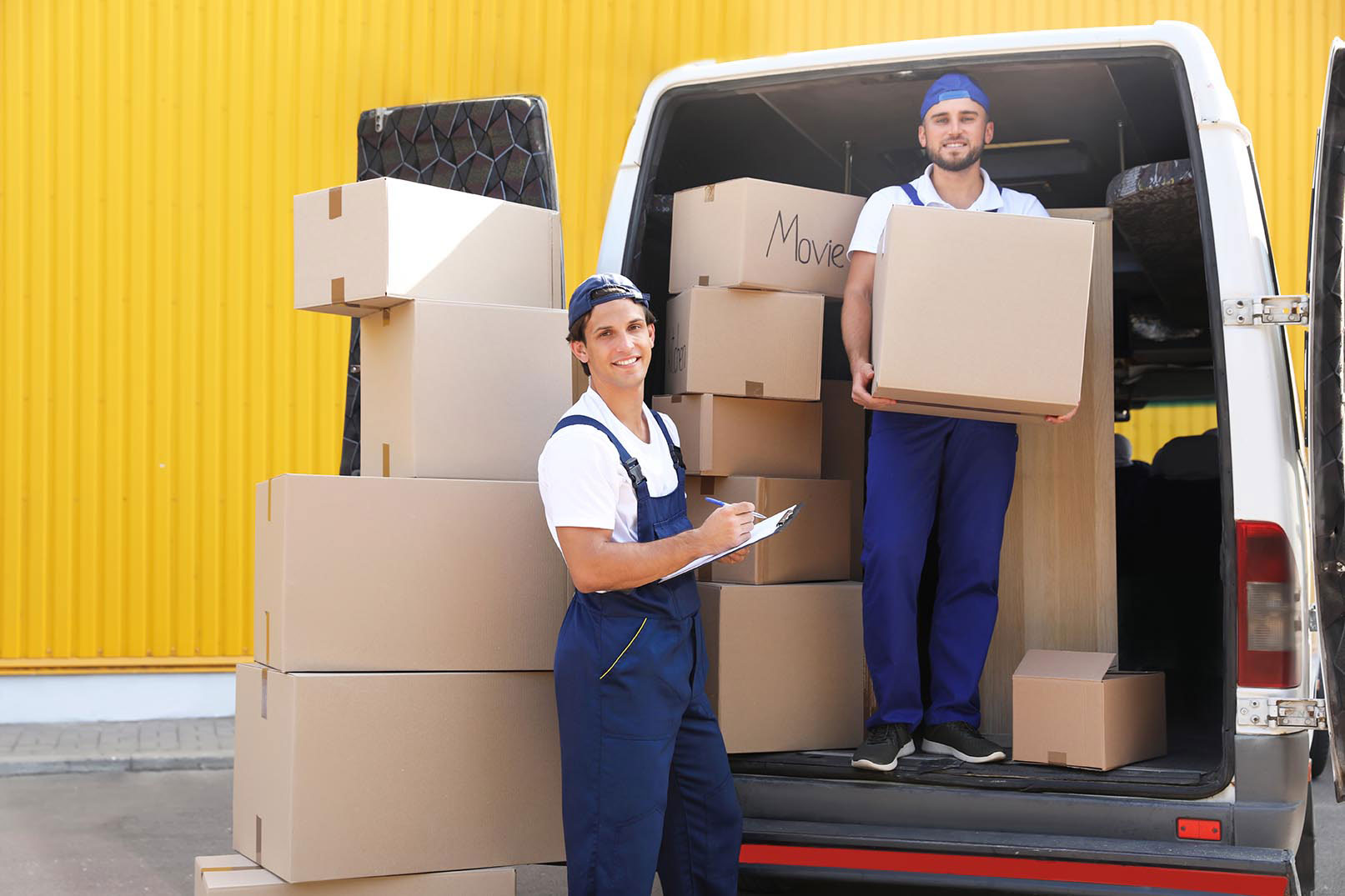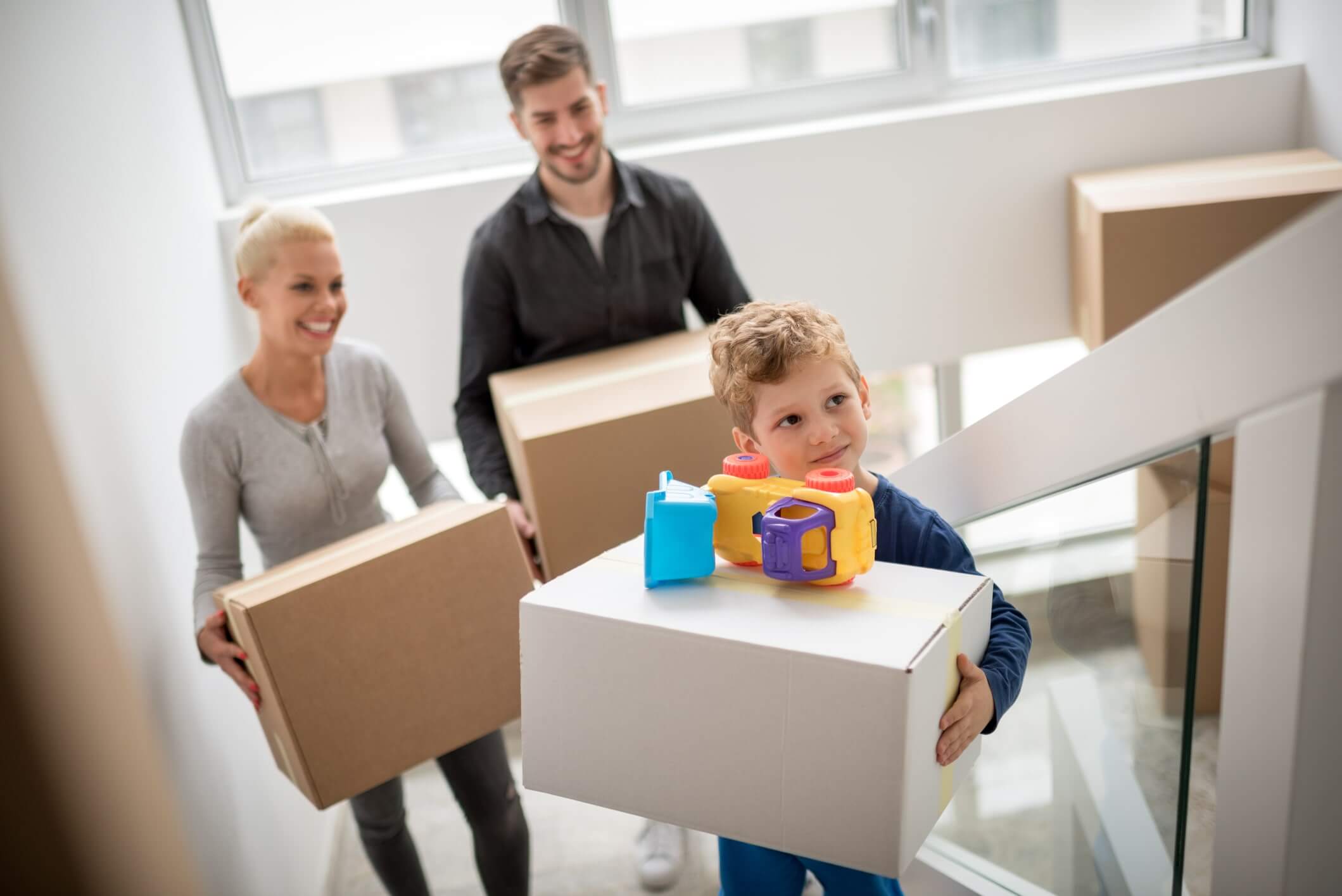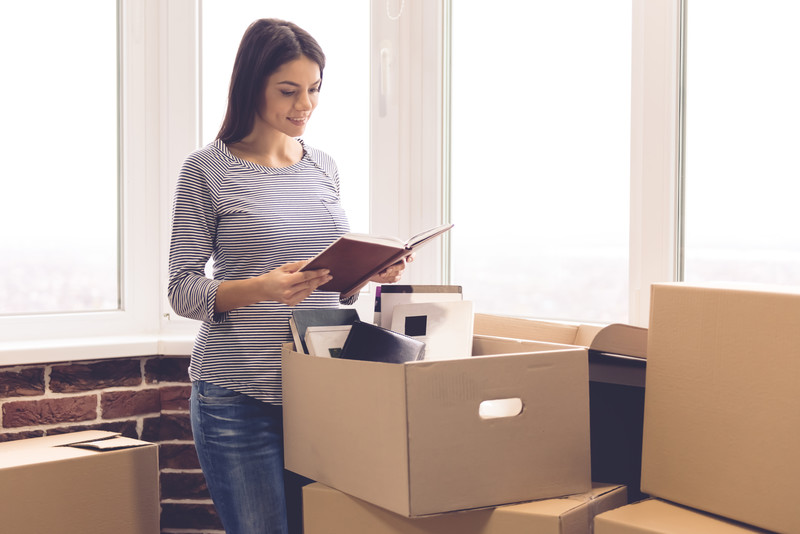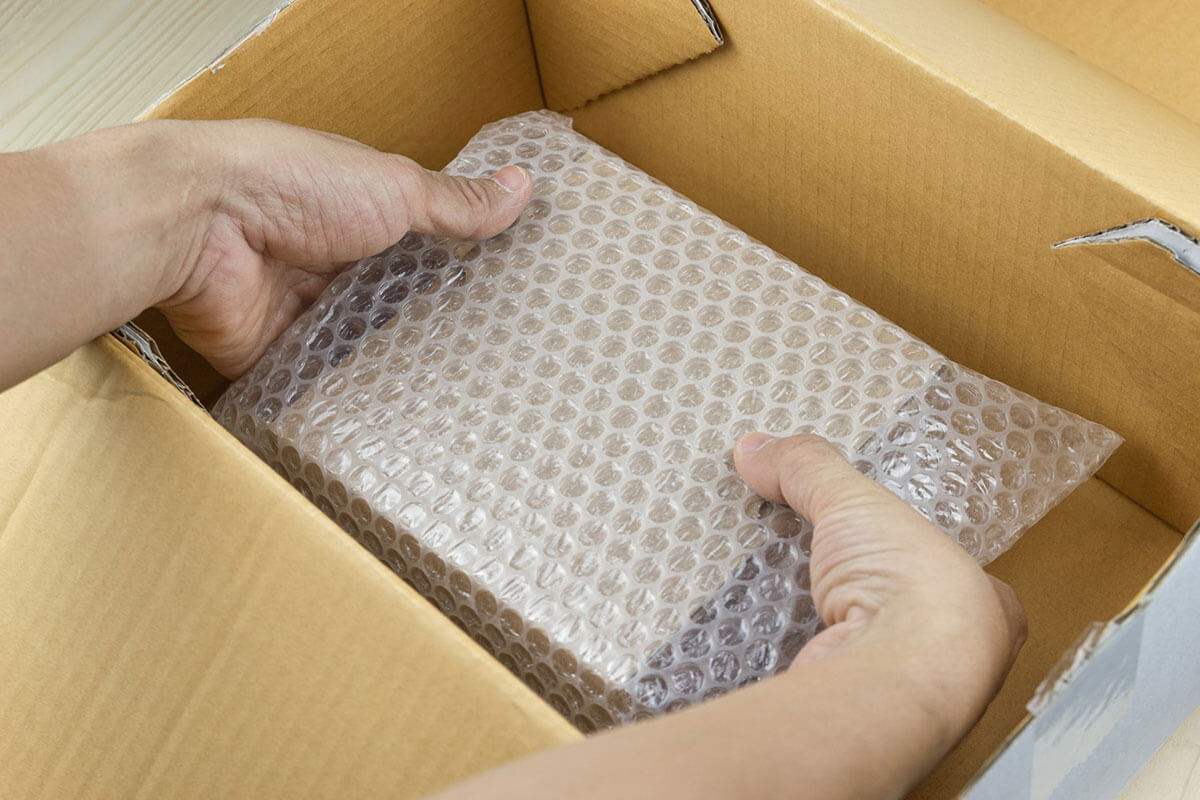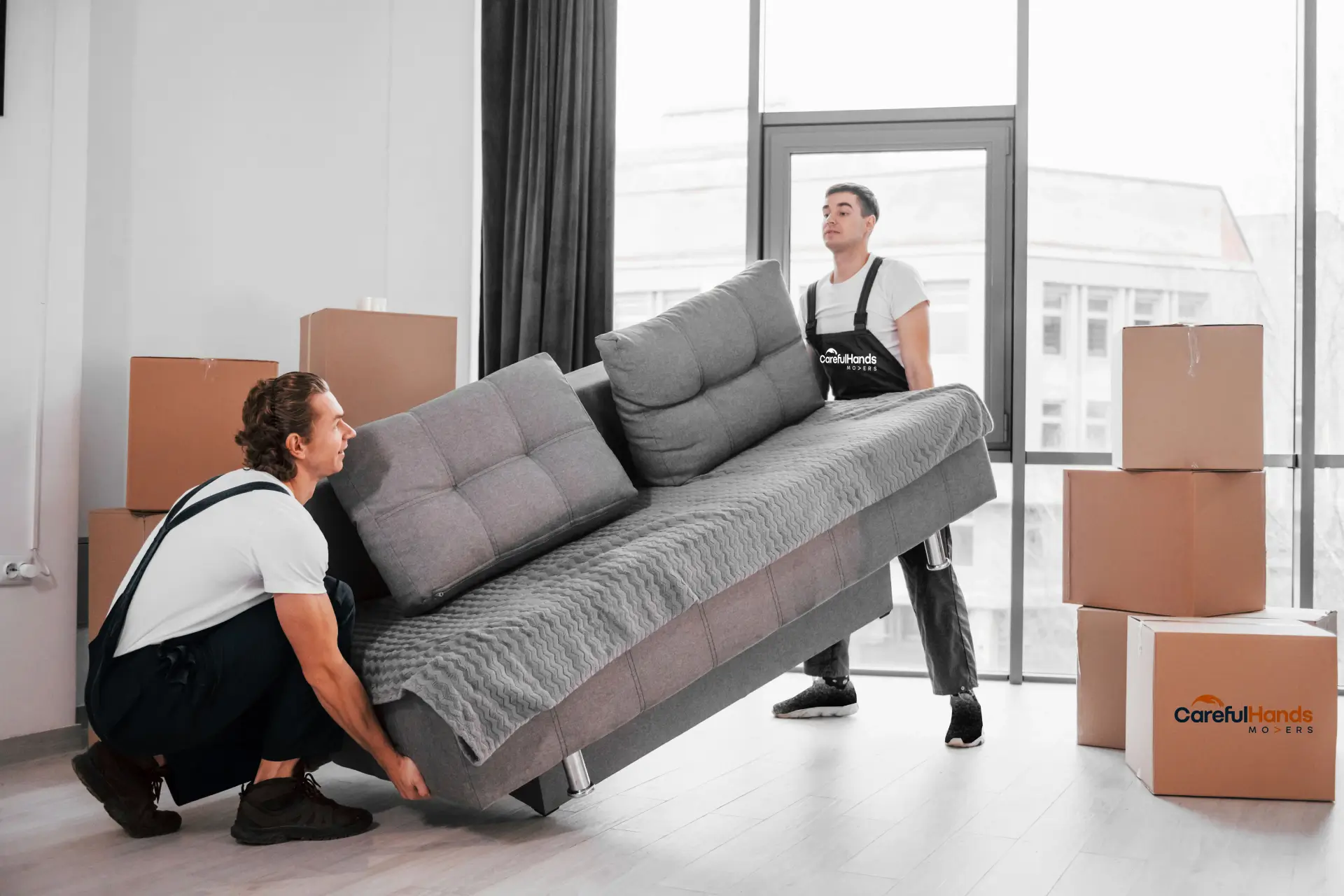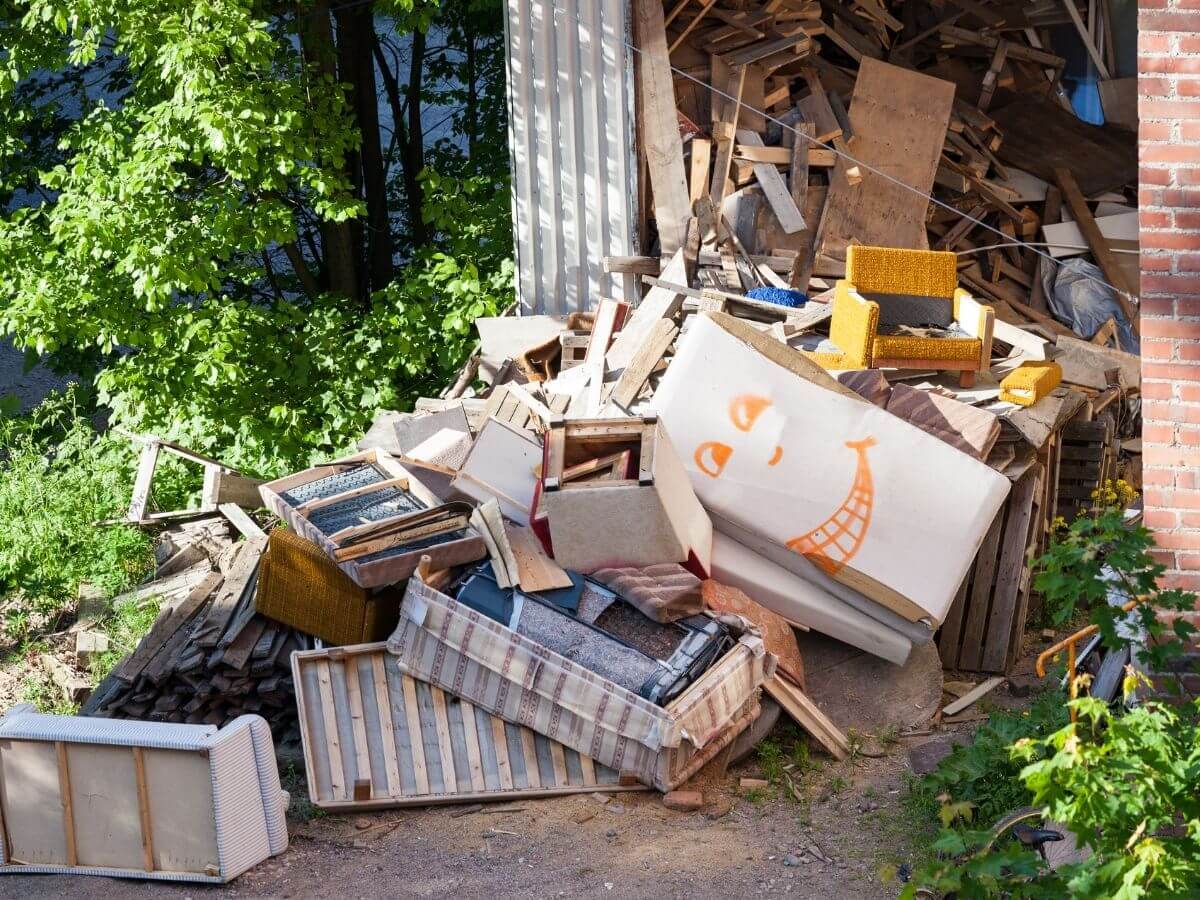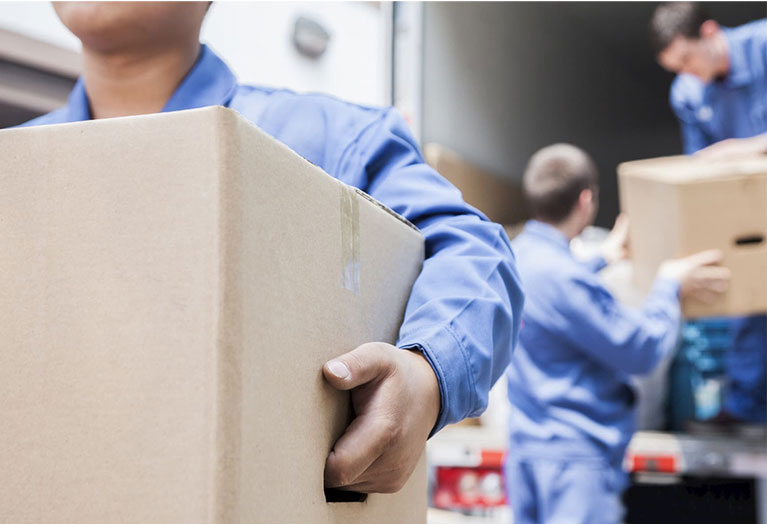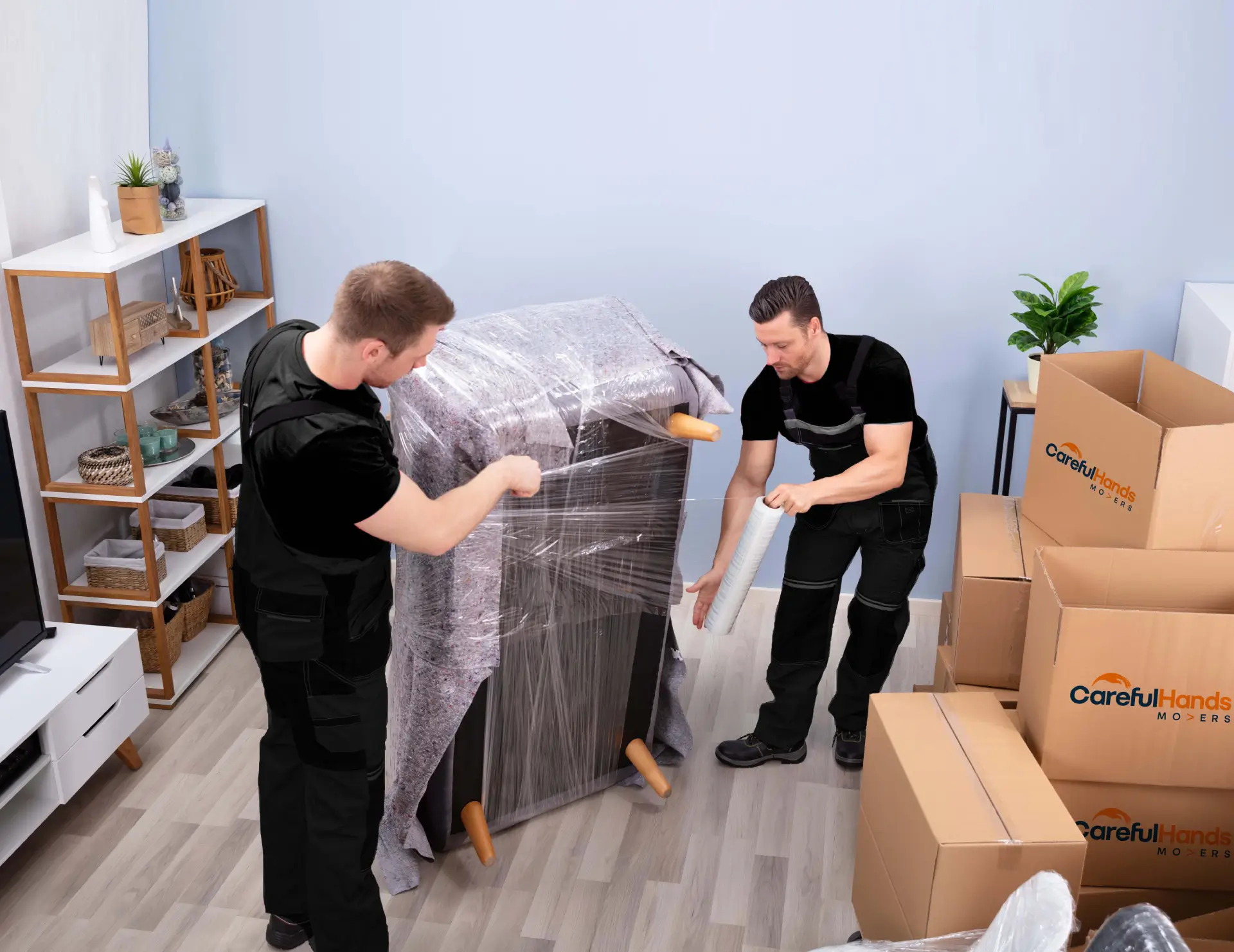Room-by-Room Moving Tips from the Experts
Moving house can feel like a massive task, especially when you're staring down a sea of belongings and trying to figure out where to begin. It's easy to feel overwhelmed between packing, lifting, and sorting. But with a solid plan and a room-by-room approach, you'll be surprised how smooth the process can be. Here’s a guide from the pros to help you tackle your move, one space at a time.
Start With One Room at a Time
Trying to do everything at once is a fast track to burnout. Begin with a single room and finish it before moving on. As you pack:
- Label or colour-code your boxes by room and contents
- Use coloured tape or sticky notes to mark furniture placement in your new home
-
Wrap fragile items in bubble wrap for protection
This method helps keep things organised and makes unpacking much easier on the other end.
Pack Essentials First
Always start with daily-use items—like toiletries, clothing, bedding, or kitchen basics. Pack these separately and clearly mark them. Having them easily accessible when you arrive at your new place will make your first few days more comfortable.
Declutter Before You Pack
Don’t bring the clutter with you. Go through your belongings and set aside anything you no longer use. Donate items, host a garage sale, or dispose of them responsibly. This cuts down on moving time, effort, and cost.
Book a Professional Removalist Early
Hiring professionals can take a massive weight off your shoulders—literally. They’re trained to move heavy, awkward, and fragile items safely. Just make sure to book in advance to secure your preferred moving date.
Moving Room by Room – A Practical Breakdown
The Kitchen
-
Empty and defrost the fridge
-
Disconnect appliances and secure them for transit
-
Use containers for dry pantry items and wrap delicate cookware
-
Secure cabinet doors with painter’s tape
-
Label every box clearly for easy unpacking
The Bathroom
-
Clean and disinfect surfaces
-
Pack toiletries, towels, and medications separately
-
Dispose of nearly empty bottles or expired items
-
Use small containers to keep things tidy in transit
The Bedrooms
-
Sort everything into keep/donate/discard piles
-
Disassemble large furniture if possible
-
Pack clothing in sturdy boxes, heavy items at the bottom
-
Wrap and protect bedframes, mirrors, and décor
The Dining Room
-
Declutter and clean in advance
-
Wrap fragile items like glassware and china in bubble wrap
-
Take measurements of furniture to ensure it fits in your new space
-
Deep-clean the room before moving day
The Attic
-
Sort and purge stored items
-
Label boxes by contents and destination
-
Disassemble any stored furniture
-
Carefully move items downstairs, avoiding damage
The Kids’ Rooms
-
Start with decluttering unused toys or clothes
-
Pack furniture and essentials last so kids feel settled
-
Let kids help label or decorate their boxes to stay involved
The Garden or Outdoor Area
-
Dismantle outdoor furniture and remove hanging décor
-
Wrap pots and garden tools safely
-
Don’t forget to pack garden hoses, tools, and BBQs
The Garage
-
Sort tools, hardware, and equipment into categories
-
Dispose of hazardous materials properly (e.g., paint, fuel)
-
Consider renting storage for large or rarely used items
-
Use durable boxes and wrap heavy items securely
Bonus Tip: Consider Temporary Storage
Short-term storage can give you breathing room if you have too much stuff to move in one go or you're downsizing. It’s a smart way to make the move more manageable and avoid cluttering your new home with items you’re not ready to unpack.
Ready to Make the Move Easier?
Don’t tackle your move alone. Whether you're moving across the street or across the country, Careful Hands Movers is here to help with every step, from carefully packing each room to unloading the last box.
Call us today on 1300 724 553 for a free quote and let our expert team handle the heavy lifting while you focus on settling into your new home.
Related Moving Tips

What Areas Should You Clean Before Moving In to a New House?
Moving to a new house comes with a lot of challenges and difficulties. The last thing you want is to move in only to find that your new home is dirty and needs a good cleaning. To make sure your move-in day is stress-free and comfortable, there are a few areas of your new house that you should clean before you unpack.
View ArticleOur Removalist Services
- Removalists Sydney
- Removalists Melbourne
- Removalists Melbourne to Sydney
- Removalists Sydney to Melbourne
- Removalists Melbourne to Adelaide
- Removalists Adelaide to Melbourne
- Removalists Melbourne to Canberra
- Removalists Canberra to Melbourne
- Removalists Melbourne to Brisbane
- Removalists Brisbane to Melbourne

